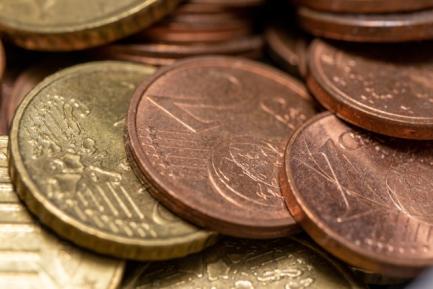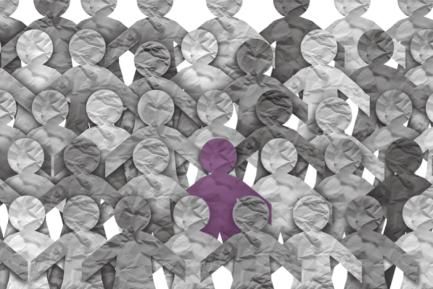
The significant savings of Spanish households will help mitigate the impact of the rise in inflation
The saving capacity of households is being reduced due to the rise in inflation. Nevertheless, the level of savings in 2021 was still high.
The saving capacity of households is being reduced due to the rise in inflation. Nevertheless, the level of savings in 2021 was still high. Specifically, the savings rate in 2021 was 11.4% of gross disposable income (GDI), lower than in the year of the pandemic (14.9%) but still well above 2019 (8.3%). We are talking about 86.5 billion euros in gross savings: 24 billion euros less than in 2020, but 22 billion more than in 2019.
The fall in the saving rate last year is explained by the fact that nominal consumption increased by far more than GDI (6.7% vs. 2.2%, respectively). Looking ahead to this year, we expect that household consumption will continue to register significant growth in nominal terms, spurred by inflation, while GDI is also expected to enjoy steady growth but most likely at a slower pace. This could place the savings rate at around 7.0%, similar to the level registered in pre-pandemic years.

It should be noted that households’ financing capacity fell significantly in 2021, from 68,700 million euros in 2020 to just 19,220 million in 2021. The reason for this reduction, besides the lower level of savings, was the sharp increase in investments made by households in 2021, particularly in housing: investment totalled 70 billion euros, practically 30 billion more than in 2020 and than the average for 2018-2019. There is no doubt that households used some of their savings in 2021 to invest in housing, in a context marked by low returns on deposits and favourable financial conditions. Indeed, it should be recalled that some 565,000 home sales were registered in 2021, the highest figure in the last 14 years.

Strong household finances
One positive element worth emphasising is the fact that households’ wealth continued to increase in 2021: at the end of 2021 their financial assets amounted to 2,695 billion euros, compared to 2,519 billion at the end of 2020. This increase of 176 billion can be broken down into a net acquisition of financial assets of 80 billion euros and a revaluation effect of 93.288 billion (the latter stands in contrast to the 20-billion-euro decline in asset values suffered in 2020).
What financial assets did households acquire in 2021? Looking at the different classes of financial assets, the volume allocated to deposits remained significant, albeit lower than in 2020, and there was a 25-billion-euro increase in investment funds (see third chart).

On the other hand, household debt barely changed, increasing by just 3.7 billion euros, bringing it to 704.1 billion (58.4% of GDP, 1.7 pps below the euro area). This increase was driven by a rise in new loans of 6,690 million euros, partially offset by repayments amounting to 3,100 million.
Thus, households’ net aggregate financial wealth (the difference between their assets and liabilities) rose in 2021 to 1.92 trillion, up 9.4% from the previous year, placing it at 159.7% of GDP, 2.9 points above the level of 2020. This healthy financial situation among households will prove helpful in overcoming the impact of the inflationary tensions.





